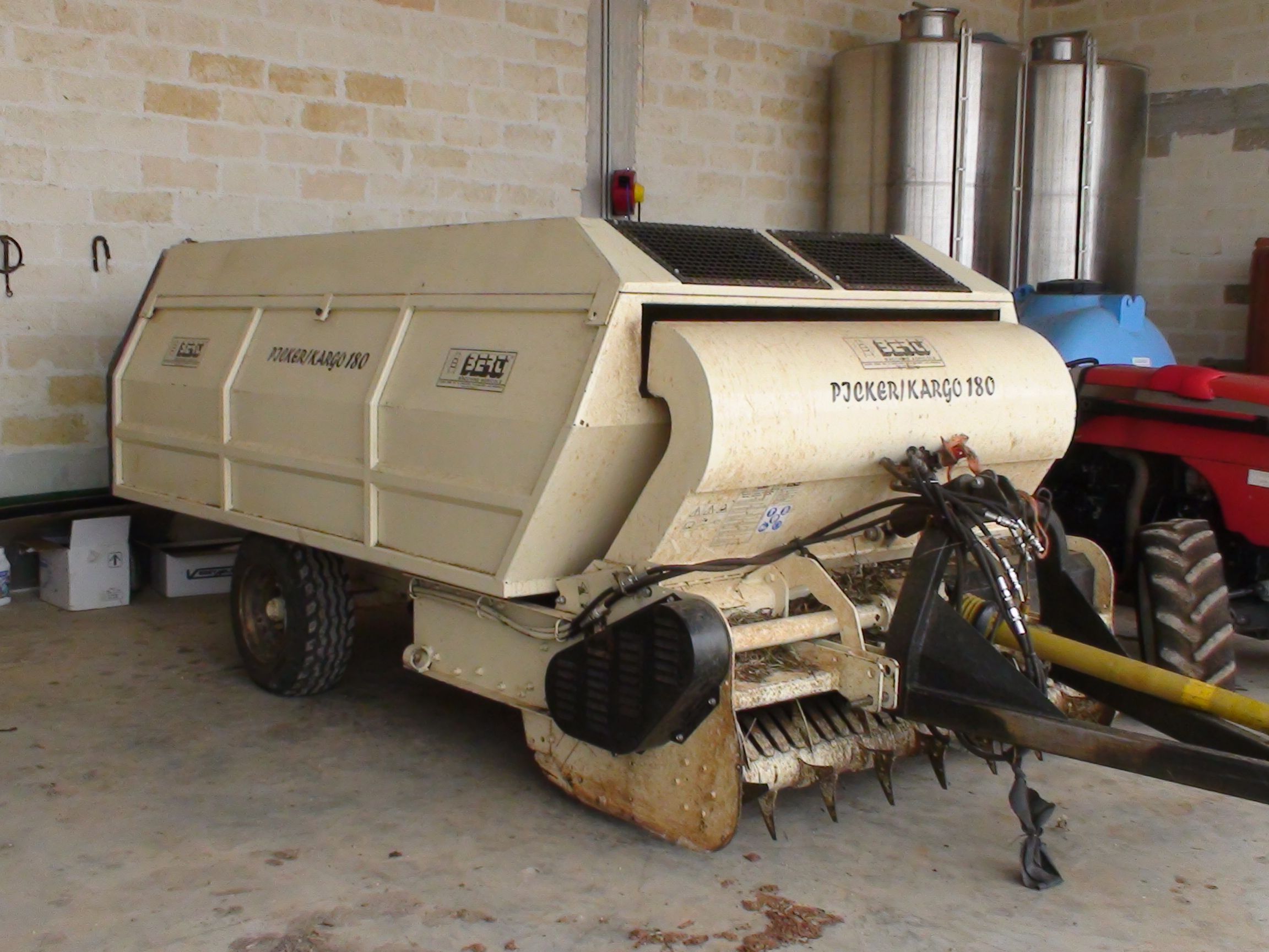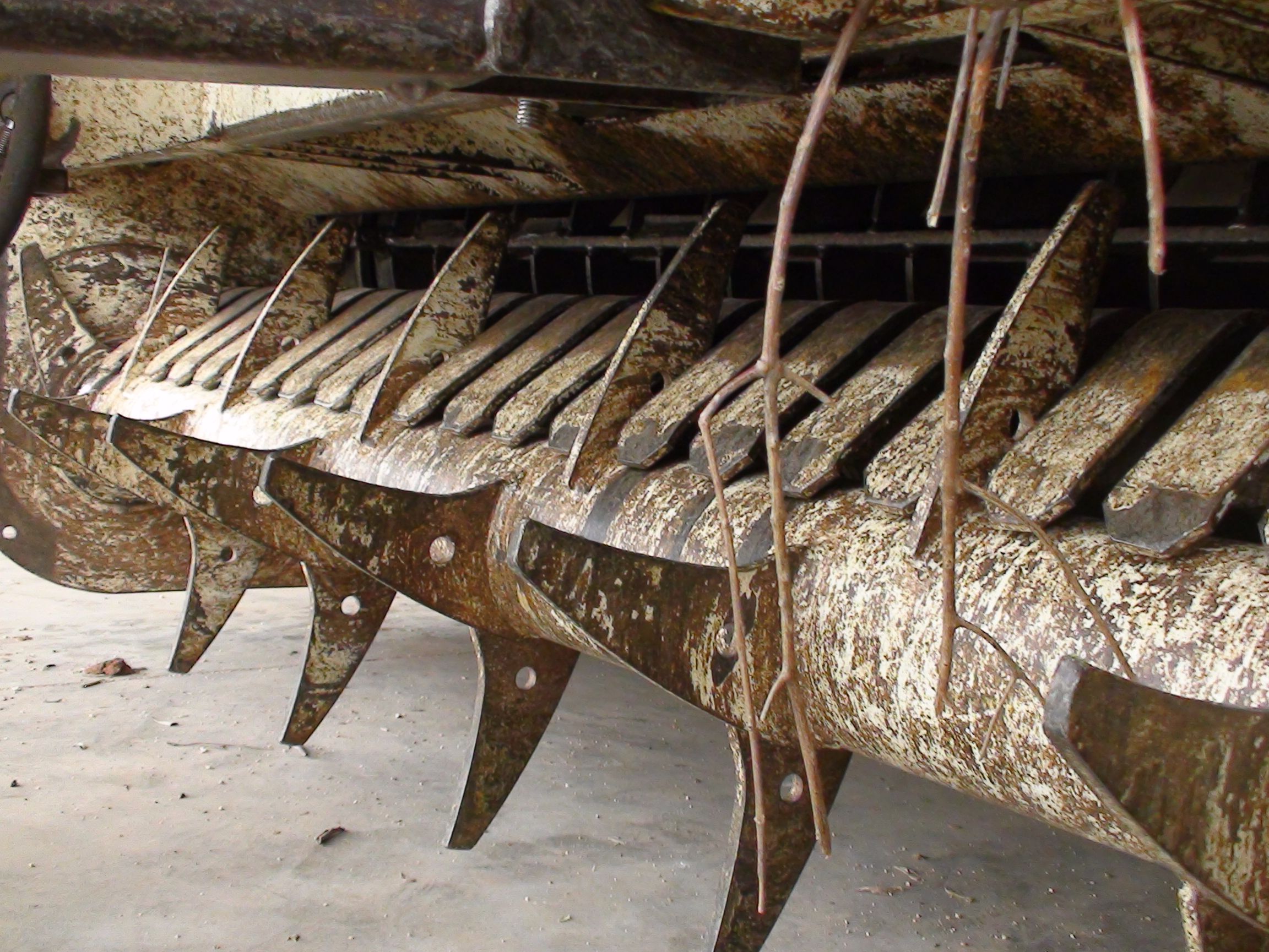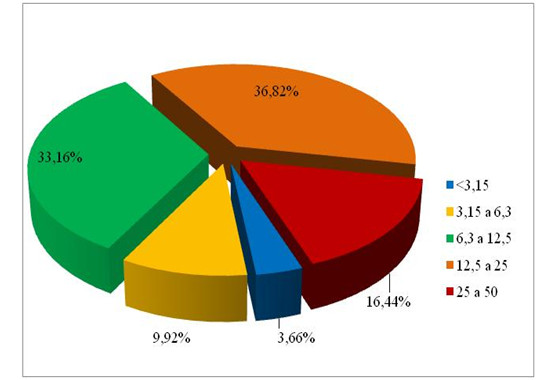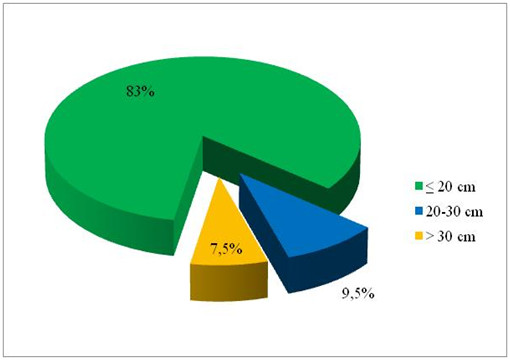Agricultural residues represent an important source of biomass for energy production. Among these, pruning represents the 20% of the total biomass in Italy; one third of them comes from Puglia region, in the south-east of the Italian peninsula. It is estimated that the quantity of pruning residues obtainable from Puglian olive groves would be equal to 813,000 tons per year.
Usually, these residues are collected on the sideline of the olive grove for being successively burned. For the agricultural entrepreneur, these operations today represent an expense rather than an economic benefit.
To change this view and to increase the knowledge on the pruning residues exploitation, it has been identified the need to go further in the research by studying how the commercial available machines would be suitable for collecting olive pruning residues, analyzing also the machine-capacity to produce a chipped material suitable for energetic purposes.
As part of the research project Faesi (Filiere Agro Energetiche nel Sud Italia) financed by MIPAAF, the Panacea group, has undertaken a series of activities in the southern regions of Italy with the aim to promote the bioenergy sector. The present study aimed at evaluating the performance of a machine utilized for harvesting and chipping the pruning residues. The physical characteristics of the chip produced were evaluated as well.
The pruning harvester tested, the Berti’s Picker Kargo 180, has a pick-up able to collect the pruning from the ground, which is successively chopped and loaded into a trailer. The main components are represented by a frontal pick up for the pruning collection, a shredding rotor and a dumper where the material shredded is accumulated.
The pick-up has the function of raising the prunings from the soil without damage to the turf, while the particular disposition of the rigid teeth and the distance between them (Figure below) prevents the introduction into the machine of stones, thus allowing the use of the machine on different types of land.


In the following table are shown some parameters related to the machine.
|
Length (mm) |
5.700 |
|
Width (mm) |
2.250 |
|
Height (mm) |
1.900 |
|
Weight (kg) |
2.600 |
|
Dumper (m3) |
7,5 |
|
Discharge height (mm) |
3.300 |
|
Work width (mm) |
1.800 |
|
Diameter pick-up cylinder (mm) |
427 |
|
Teeth on pickup (n.) |
32 |
|
Teeth length (mm) |
150 |
|
Diameter of the shredder (mm) |
400 |
|
Hammers on shredder (n.) |
36 |
The work took place in a farm located in Torre Santa Susanna (Br) (40°28′0″ North; 17°44′0″ East). The olive grove consisted of 14 year old plants belonging to the variety "Pichioline" and was located in a flat area (7 ha). The plants had an average height of 3.5 m with a distance of 6 m between and along the row. The study was conducted soon after the olive pruning (April, in this southern region of Italy): the pruning residues were arranged in windrows laid into the inter-row.
Before the harvest, the height, width and length of 10 windrows (analyzed for the study) were measured in order to characterize the residual. Overall, an area of 0.54 ha was harvested.
The performance of the mulcher was evaluated by measuring the working time according to ASABE standard methods (ASABE Standards, 2006; ASAE Standards, 2000). Other references include the Commission Internationale de l’Organisation Scientifique du Travail en Agriculture (CIOSTA) and the Italian Society of Agricultural Engineering (AIIA) 3A R1.
After the passage of the machine, for each windrow analyzed, the harvest losses were determined weighing all the material not shredded. Wood chip samples were taken from the mulched windrows in order to determine the moisture content, the bulk density and the particle size distribution.
Characterization of the chipped material and losses.
The pruning residues were disposed in windrows that had, on average, 367.5 kg of pruned product, corresponding approximately to 6.8 t ha-1 of fresh product and, taking into account that the average moisture was 20% (on wet basis), to 5.3 t ha-1 of dry matter. The harvesting losses amounted to 3.8%, equivalent to about 0.25 t ha-1 of total loss (fresh product).
The bulk density of the harvested pruning was 152.5 kg m-3. Particle size distribution showed that around 70% of chips fell into the diametric classes ranging from 6.3 and 25 mm, the more suitable size for the energy use of olive pruning residues.
For the efficiency of the boilers, both the fine fraction (below 6.3 mm) and the oversize (chips greater than 100 mm) represent the classes determining the qualitative characteristics of the product, since the presence of oversize particles may prevent use in small and medium-size plants, whereas the finest part may cause storage problems. From this point of view, the comminution of the olive pruning residues using the described mulcher recovered 13.58% of feedstock with a size smaller than 6.3 mm, where the fraction with a dimension less than 3.5 mm (representing the impurities) did not exceed 4% of the total. On the other side, the proportion of oversized material amounted to 16,44%, a value comparable to the ones obtained by on vineyard pruning residues.
In addition to the particle size distribution, also the length of the comminuted material plays a crucial role for the feeding system of the boilers. When the wood fuel is fed by a screw systems, the presence of feedstock greater than 100 mm may determine problems of plugging or blockages in the system. As shown in the following figure, 83% of the product obtained was shorter than 20 cm in length. The completion in percent (17%) was distributed as follows: 9.5% of the feedstock between 20 and 30 cm length and 7.5% longer than 30 cm.
Particle size distribution (%) of the shredded olive pruning residues.

Length distribution (%) of the shredded olive pruning residues.

The machine has shown (see the table below) an operating speed of 1.87 km h-1 (0.51 m s-1) corresponding to a theoretical field capacity of 1.50 ha h-1 and to an effective field capacity of 1.08 ha h-1. The field efficiency of the mulcher was acceptable (72.29%) and comparable with the implements currently available on the market. The accessory time for maintenance (15.66%) corresponds to the time required for the offload of mulched material.
|
Effective Time (%) |
72.29 |
|
Accessory time (%) |
|
|
turning |
12.05 |
|
maintenance |
15.66 |
|
Operating time (%) |
100.00 |
|
Machine performance |
|
|
Field efficiency (%) |
72.29 |
|
Operating speed (m s-1) |
0.51 |
|
Theoretical field capacity (ha h-1) |
1.50 |
|
Effective field capacity (ha h-1) |
1.08 |
Numerous studies have demonstrated that it is possible to recover and utilize the pruning for the production of energy, ensuring the economic and environmental sustainability of the supply chain. Using appropriate systems, the collection of pruning could be simplified and the material produced could be consistent, homogenous and ready for burning in boilers.
The mulcher tested has assured a good working efficiency allowing to obtain a feedstock with appreciable characteristics in term of moisture and particle size distribution. The relatively large proportions of oversize and fine particles makes the comminuted production more suitable for industrial than for residential use.
Also, the machine tested showed an acceptable field efficiency, with low harvesting losses (3.8%).
The research should promote the creation of a suitable logistic path in order to reduce the costs for collection and transfer. The evaluation of new machines for harvesting residues will be essential to predict the real cost-effectiveness, and the ecological benefits linked to the wood-energy chain.